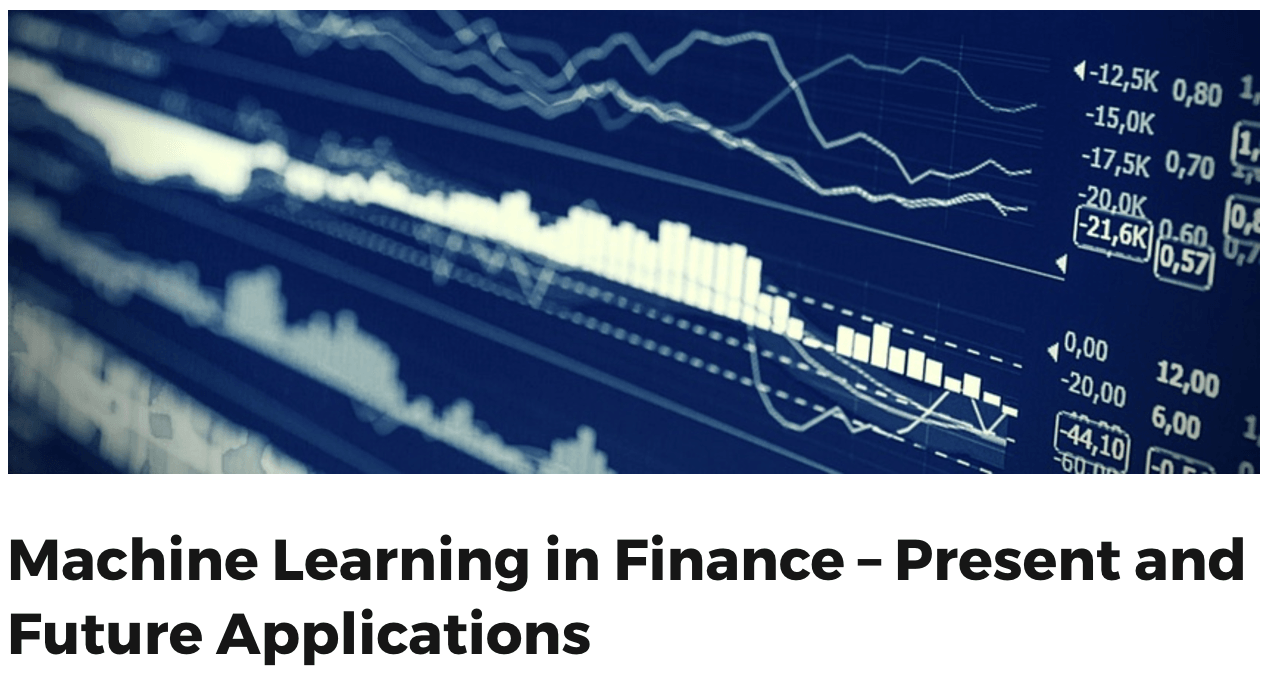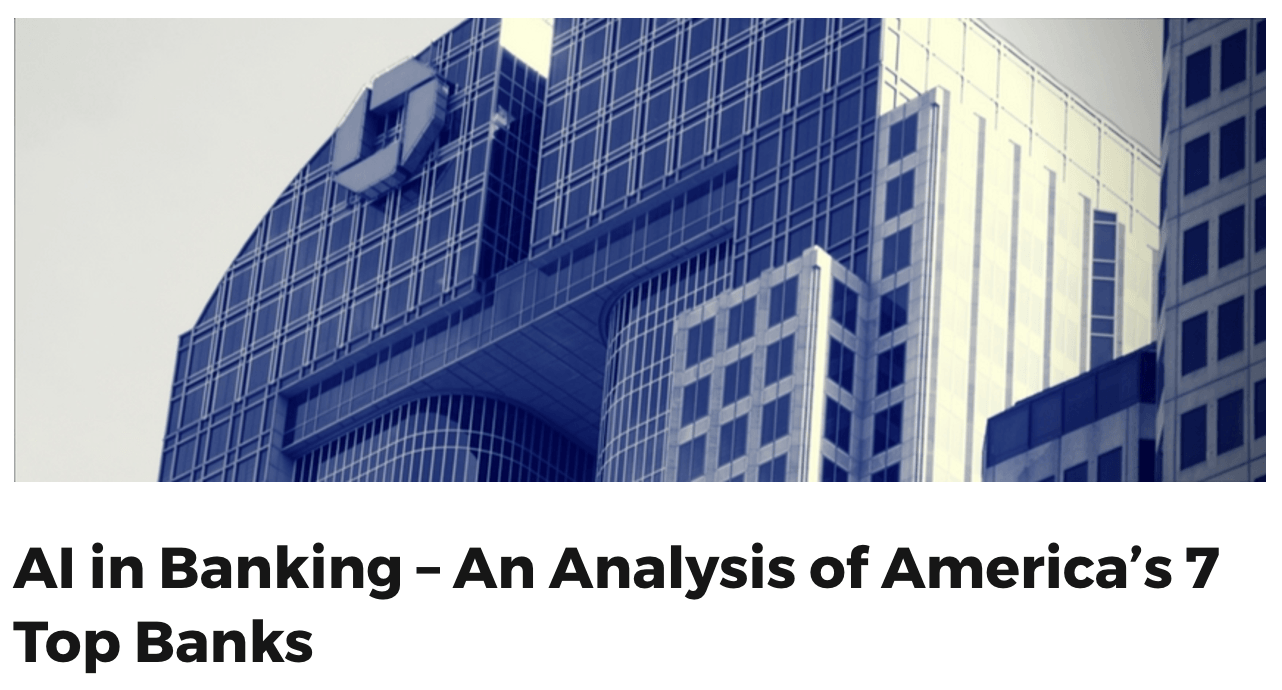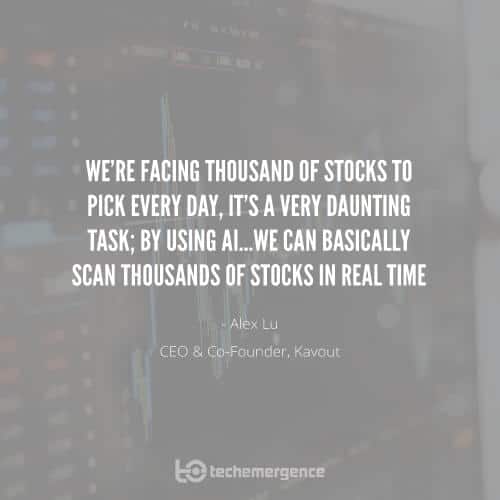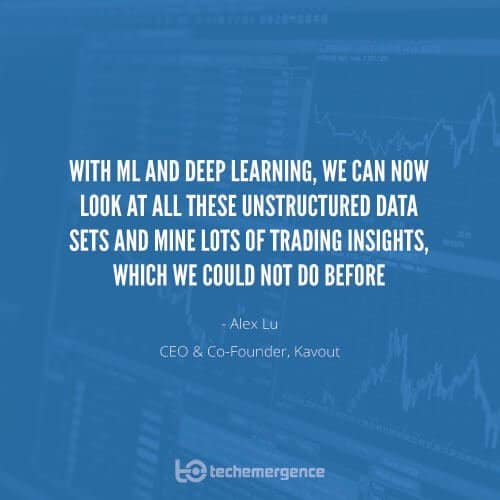Episode Summary: In many ways, AI and finance are made for each other. Machine learning and other techniques make it easier to identify patterns that might otherwise not be detected by the human eye, and finance is quantitative to begin with, so that it’s hard not to find traction. Financial firms have also invested heavily in AI in the past, and more are starting to tap into the financial applications of machine learning (ML) and deep learning. Artificial intelligence in stock trading certainly isn’t a new phenomena, but access to it’s capabilities has historically been rather limited to large firms.
This week, we’re joined by CEO and Co-founder of Kavout Alex Lu, whose company offers AI trading applications for enterprises and individuals. Lu speaks today about the kinds of patterns that traders now have access to in finance, and he gives examples of ways Kavout and other institutions are using artificial intelligence in stock trading to build better and more personalized products and services.
Expertise: AI and machine learning, quantitative investing and trading
Brief Recognition: Alex Lu has over 17 years of experience in deep learning, artificial intelligence, and big data technology. Before launching Kavout, Alex served as the CTO at one of China’s largest financial information providers; was an Engineering Director at Baidu; a VP of Search Technology at SNDA; a Principal Program Manager at Microsoft; and a senior engineer at Google. He graduated from Tsinghua University, has a Master’s in Computer Science from University of Maryland, and a nMBA from Columbia Business School.
Current Affiliations: CEO and Co-founder of Kavout Corporation
Interview Highlights on Artificial Intelligence in Stock Trading and Finance:
The following is a condensed version of the full audio interview, which is available in the above links on Emerj’s SoundCloud and iTunes stations.
2:50 – How is money management, the trading and ongoing market activity of the currency, meshing with ML?
Alex Lu: “…eventually Wall Street, when they looked at AI models, they found that by using machine learning they can number crunch millions of data points in real time and capture some of the correlations that traditional statistics models could not capture, and that is actually the dollar track to go after today. Especially the deep learning models, a new trend in the last two years…this gets the attention from the big boys on Wall Street, and they are trying to recruit people from Google, from Microsoft, from Apple and IBM Watson, to help them build huge AI clusters, to leverage this technology for trading and investing today.”

5:36 – Is that kind of how it works, that what’s going to be cutting edge, what patterns will be coaxed out, will very much be kept secret?
AL: “In the very beginning of the the last few years, only some of the very large hedge funds and financial institutions, like Goldman Sachs, were able to gather enough resources to invest in this field. So today it’s still not common knowledge among financial institutions, and Kavout is one of the only firms investing in this direction; I think it’s going to be a very popular space, based on some of the data we see in 2015, in the hedge fund world, the AI-based trading firms are doing pretty well versus the rest of the hedge fund industry is not doing that good…I think in 2016 and 2017, this space is going to get very crowded…but it’s not something everybody can do.”
7:49 – It sounds like deep learning and machine learning are on the way to grab an edge – is that safe to say in the dynamics, with hedge funds adopting this?
AL: “ML has been evolving in the last 15 years, and deep learning is definitely a new breakthrough technology and helping people to manage lots of data sources and come up with new patterns to help estimate trading, ideas, and make better investing decisions; I think that’s also why you see so many big firms investing in this area, and also you see Apple just acquired a ML company in Seattle, Turi…so not only on Wall Street, but also the traditional big tech companies are moving into this space…”
9:54 – You at Kavout – and other financial AI companies – are also working on allowing traders to leverage AI tools, what are some of the applications…that are now available thanks to AI to consumers?
AL: “We’re facing thousand of stocks to pick every day, it’s a very daunting task; today by using AI, we can actually do all the number crunching, look at all the news media, the social media, blogs, and also the real-time codes, we can basically scan thousands of stocks in real time and give you the best idea, so that’s where the technology is very good today. In our company, we built something called the Kai Score, so see look at all the fundamentals, the technicals, and also momentum for the traders, and we come back with a score to rank every single stock…”

12:20 – Talk us through what the differences are that ML or AI has made, what’s happening differently in the scoring, the notifying, the consumer trading world that wasn’t happening before…
AL: “…Now all the traders have so many real-time streaming news, and to mine information from these unstructured data sets becomes very important, so we need new technology to handle this, which is new even to Wall Street, but with ML and deep learning we can now look at all these unstructured data sets and mine lots of trading insights which we could not do before…
…we can do all this today in natural language processing, which means we can have a computer understand the semantics and meaning of how people say something…and in news, this could be something positive or negative about certain companies, and that’s something we call sentiment analysis. We are building something called a sentiment score, which means we are leveraging all the sentiment we collect from traders, news, blogs, and we’re collecting some of the data from transactions. For example, we collect all the insider data trading sets, so we know for which company, which CEO or CXO is buying or selling stocks; try integrating this transaction data with the trader’s sentiments, and we can come up with a better score to know how people think about a set of stocks.”
17:44 – What other bits of utility are now available to consumers…that maybe didn’t’ exist on a Schwab computer dashboard screen 5 years ago?
AL: “The other is chart pattern recognition; on Wall Street we call these people chartists, so firms have people to look at charts every day and recognize some patterns, but today we have technology where we can actually scan every single stock and find all the tradable classical chart patterns, and you don’t have to do it by using human eyes; that will save you lots of time and help you capture more trading opportunities.”
20:45 – You’re talking about a more calibrated (asset selection) approach per person, would this be taking into account their goals? How is that going to calibrate per individual?
AL: “There’s a very interesting study…all the robotics advisory and financial planning done today is assuming you stick to the strategy for 30 or 35 years, but the study shows most people change their strategy every 3 to 5 years, which shows the assumption for all these robo-advisors does not work with all users…so we have to build new technology to take people’s behavior into consideration and come up with a more adaptive asset locator…”
Big Ideas:
1 – Machine and deep learning are allowing financial firms and traders to analyze unstructured data (like financial information on news sites, blogs, across social media, etc.) and reveal patterns not previously identifiable by just human eyes – allowing for an entirely new approach to and ‘accuracy’ in trading decisions.
2 – There’s a need for robo-advisors that will better take into account and integrate individuals’ behavior patterns alongside their stated financial objectives, resulting in more adaptive and targeted investments.
Related Finance Interviews on Our “AI in Industry” Podcast:
At Emerj, our role is to help business leaders stay ahead of the applications and implications of AI that will impact their bottom line. Tens of thousands of managers, founders and executive all over the world listen to our “AI in Industry” podcast on iTunes each week. If you’d like to stay ahead of the curve on AI in finance, consider subscribing.
Here’s a brief selection of related finance interviews that may be of interest for stakeholders in the finance sector:
- How AI is Eating Finance – Alexander Fleiss of Rebellion Research (an AI investment firm) discusses the potentially daunting consequences of automation and job loss in the finance sector
- Crowdsourcing a Machine Learning Hedge Fund – Richard Craib of Numerai discusses the potential for AI to disrupt the functions of hedge funds
- From Past to Future, Tracing the Evolutionary Path of FinTech – Celent Research Director Brad Bailey explores the history and projected future of AI on Wall Street

























